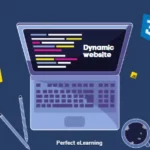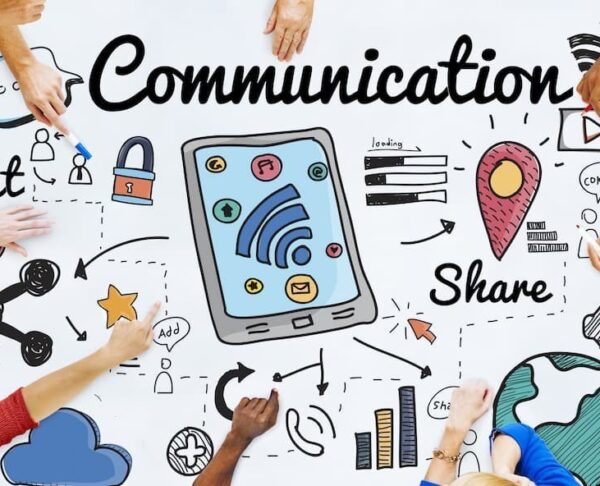Introduction
In a fast-paced world where new information and skills emerge daily, the ability to learn quickly has become a valuable asset. Quick learning goes beyond memorization; it involves understanding, application, and adaptation. Whether you’re pursuing personal growth, professional development, or simply looking to enhance your learning capabilities, this blog explores effective strategies for mastering the art of quick learning and acquiring new skills efficiently.
- Adopt a Growth Mindset
A growth mindset is crucial for quick learning. Embrace challenges, view failures as opportunities to learn, and believe in your capacity to develop and improve your skills.
- Set Clear Goals
Define specific, achievable goals before embarking on your learning journey. Having a clear direction will keep you motivated and focused on what you want to achieve.
- Active Learning Techniques
Engage in active learning by summarizing, teaching someone else, or discussing the subject with peers. Active participation enhances comprehension and retention.
- Break Down Complex Concepts
Complex subjects can be overwhelming. Break them down into smaller, digestible chunks and tackle one piece at a time. This method prevents cognitive overload and promotes deeper understanding.
- Utilize Visual Aids
Visual aids, such as diagrams, mind maps, and infographics, can simplify complex ideas and aid memory recall. Create your own visuals to reinforce your understanding.
- Embrace Spaced Repetition
Spaced repetition involves reviewing information at increasing intervals over time. This technique enhances long-term retention by reinforcing your memory without overwhelming you.
- Focus on Key Concepts
Identify the key concepts or core ideas of a subject. Prioritize your learning by mastering these fundamental elements before delving into more intricate details.
- Leverage Technology and Online Resources
Online platforms offer a wealth of educational resources. Video tutorials, online courses, and interactive simulations can accelerate your learning process and cater to various learning styles.
- Apply What You Learn
Application solidifies learning. Practice what you’ve learned through projects, real-world scenarios, or simulations. Active application enhances your ability to transfer knowledge to practical situations.
- Embrace Continuous Learning
Quick learning is a lifelong skill. Cultivate the habit of continuous learning by seeking opportunities to expand your knowledge, even after acquiring new skills.
Conclusion
Quick learning is a skill that can be honed through consistent practice and the application of effective strategies. By adopting a growth mindset, setting clear goals, engaging in active learning, and utilizing visual aids, you can enhance your ability to grasp complex concepts efficiently. Embracing spaced repetition, focusing on key concepts, and leveraging technology will further accelerate your learning journey. Remember, quick learning is not about rushing through material; it’s about optimizing your approach to grasp information thoroughly and effectively. As you integrate these strategies into your learning routine, you’ll find yourself equipped to acquire new skills, adapt to changing environments, and embrace the lifelong journey of personal and professional growth with confidence.




